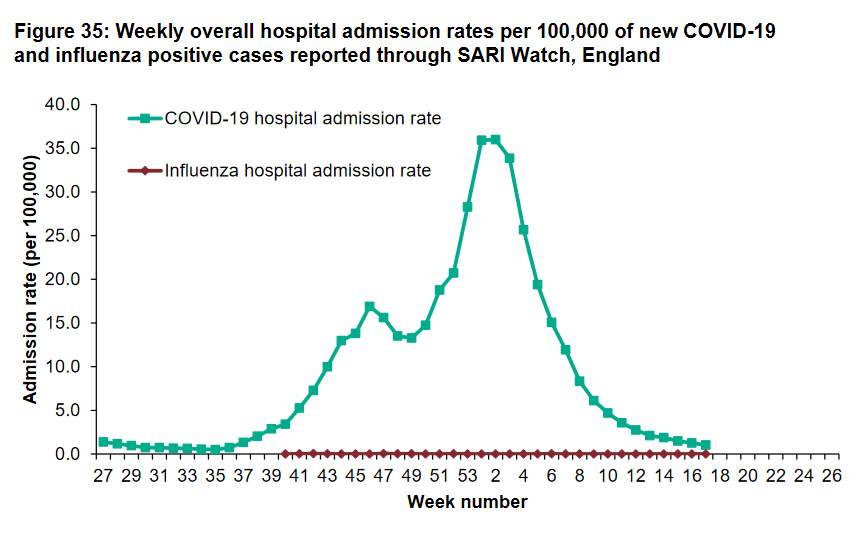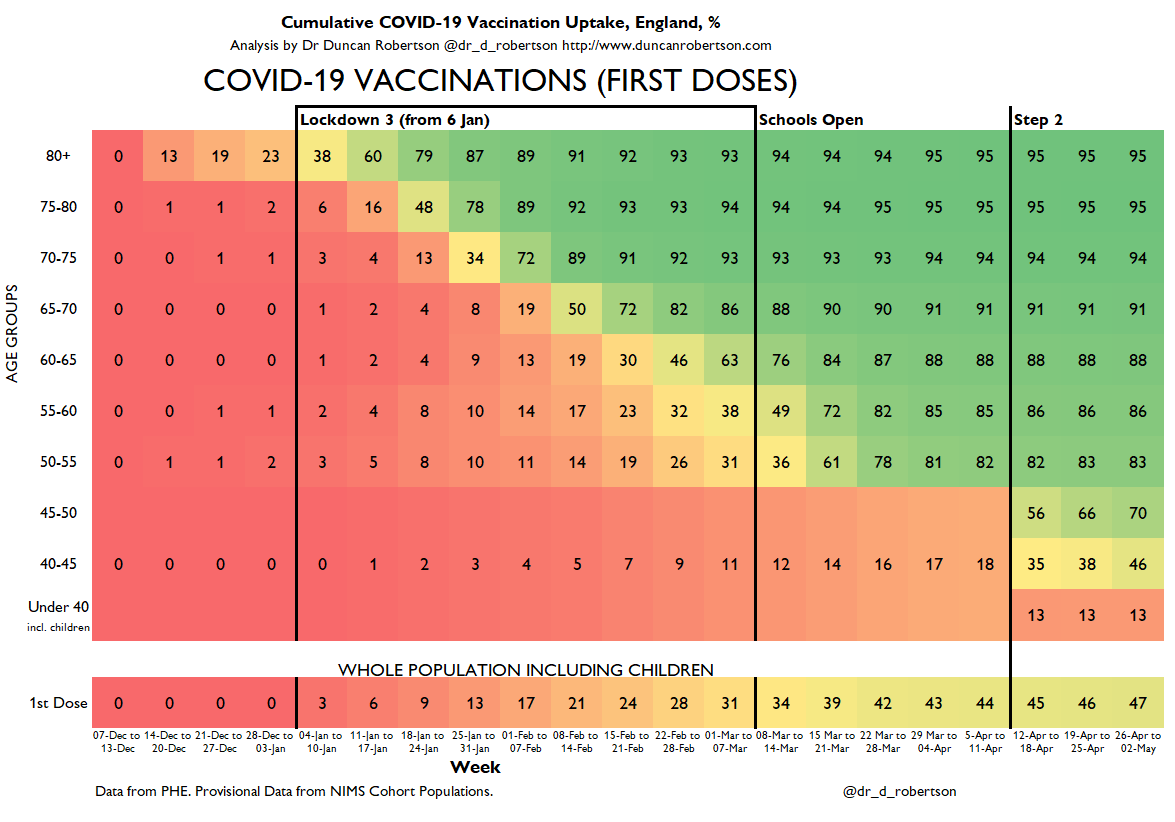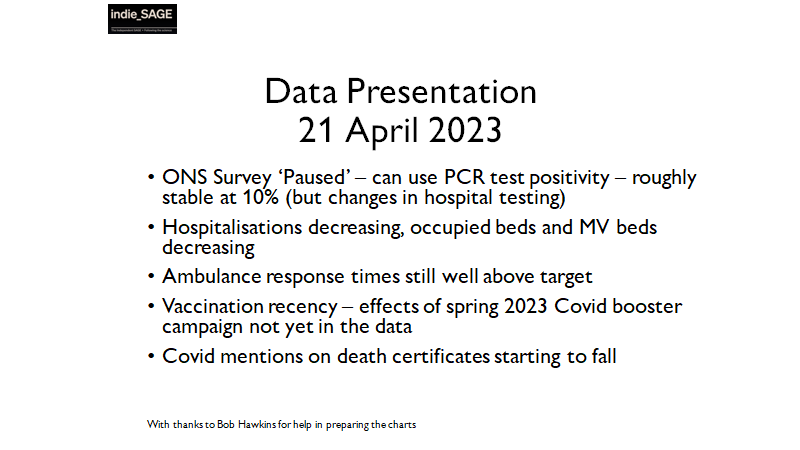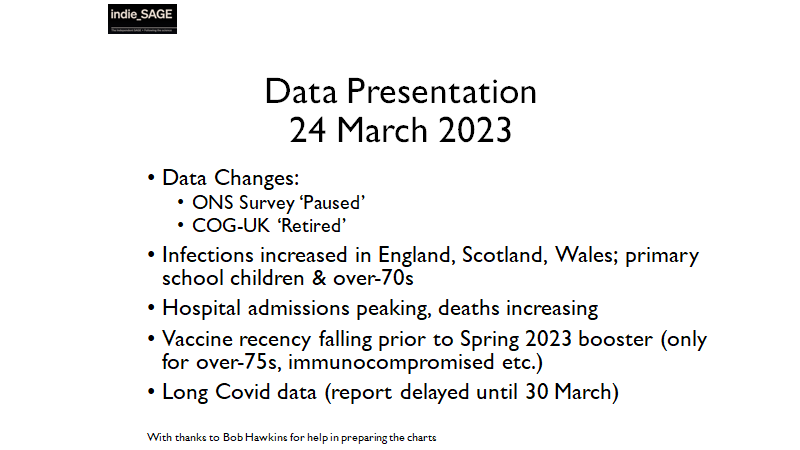Analysis of today's PHE surveillance report.
A short thread.
While Covid cases may be low in many parts of the country, there are still rates of over 70 cases per 100,000, in upper tier local authorities
A short thread.
While Covid cases may be low in many parts of the country, there are still rates of over 70 cases per 100,000, in upper tier local authorities
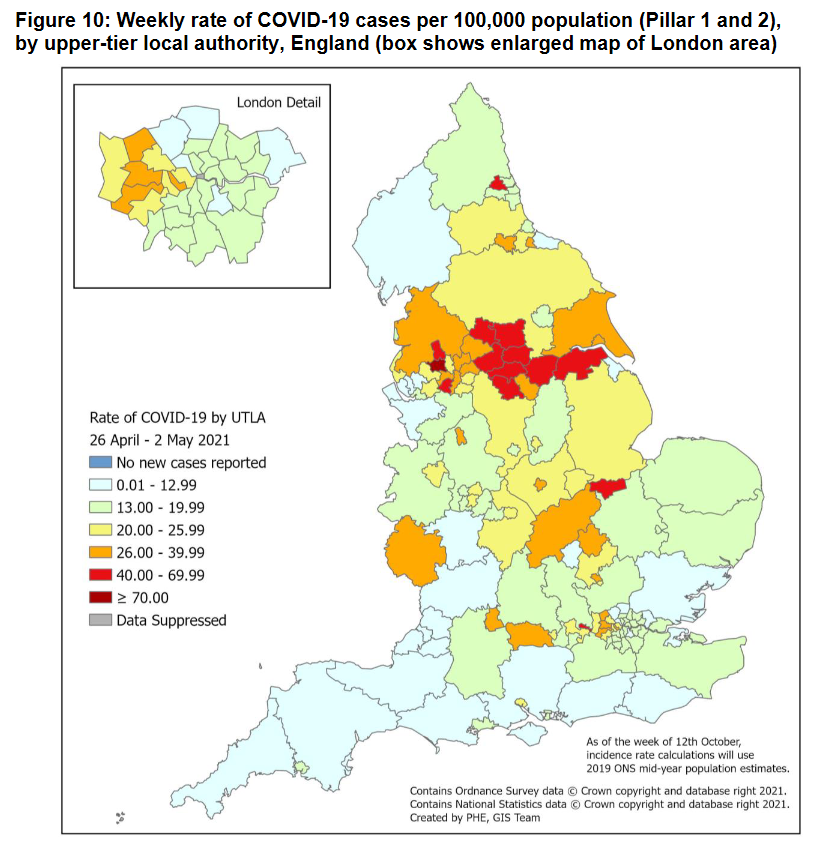
Continued excellent results showing how the vaccines are increasing protection (difference between the red and black lines, where the red line is detection of antibodies acquired through infection and the black line is detection of antibodies through vaccination or infection 
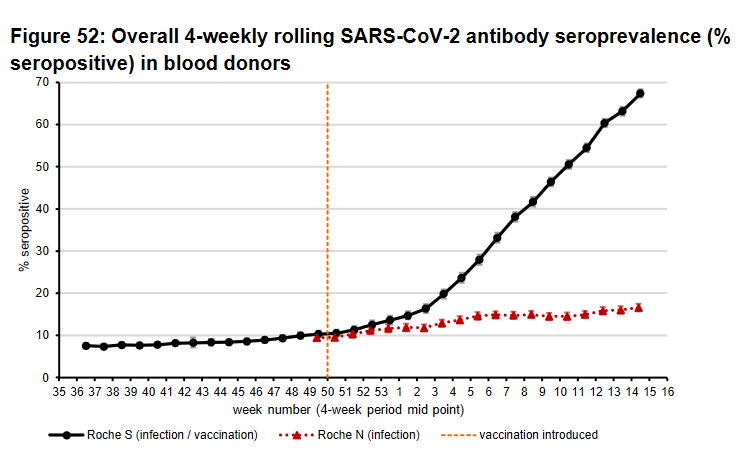
There is still a significant problem with vaccinations in the Black/African/Caribbean/Black British population.
For the over-50s:
65% vaccinated compared to 93% vaccinated in the White population.
For the over-50s:
65% vaccinated compared to 93% vaccinated in the White population.
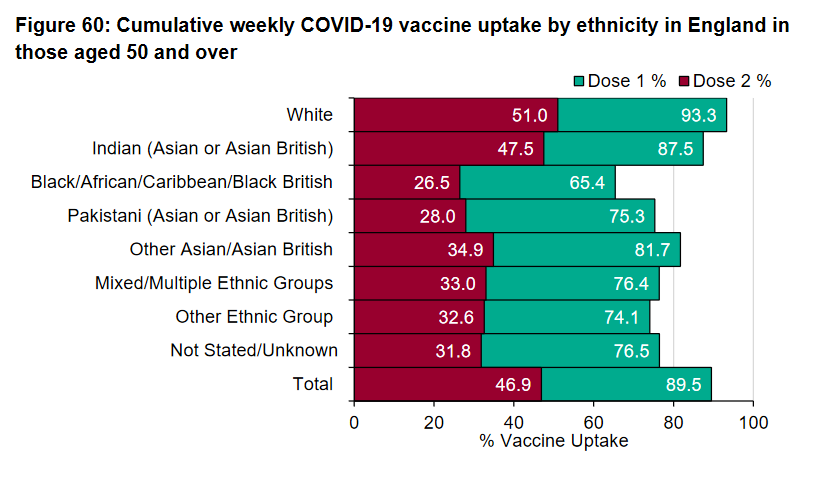
Second doses. Some increases in all age groups.
*Worth noting that only 94% of over-75s have gone on to have their second dose, meaning that they are not fully protected.*
Please get your second dose when it is offered.
*Worth noting that only 94% of over-75s have gone on to have their second dose, meaning that they are not fully protected.*
Please get your second dose when it is offered.

I will add detail on variants later today.
Actually, no I won't
"Due to a processing issue, Public Health England’s weekly variant data will not be updated today (Thursday 6 May). The data will be available as soon as possible tomorrow (Friday 7 May). We apologise for the delay."
I will update tomorrow instead.
"Due to a processing issue, Public Health England’s weekly variant data will not be updated today (Thursday 6 May). The data will be available as soon as possible tomorrow (Friday 7 May). We apologise for the delay."
I will update tomorrow instead.
"But in an email containing details of the situation, a staff member at the Department of Health and Social Care wrote: “Data publication [is] to be delayed 24 hours from Thursday to Friday given it is local elections tomorrow.”
theguardian.com/world/2021/may…
theguardian.com/world/2021/may…
• • •
Missing some Tweet in this thread? You can try to
force a refresh


